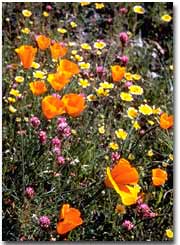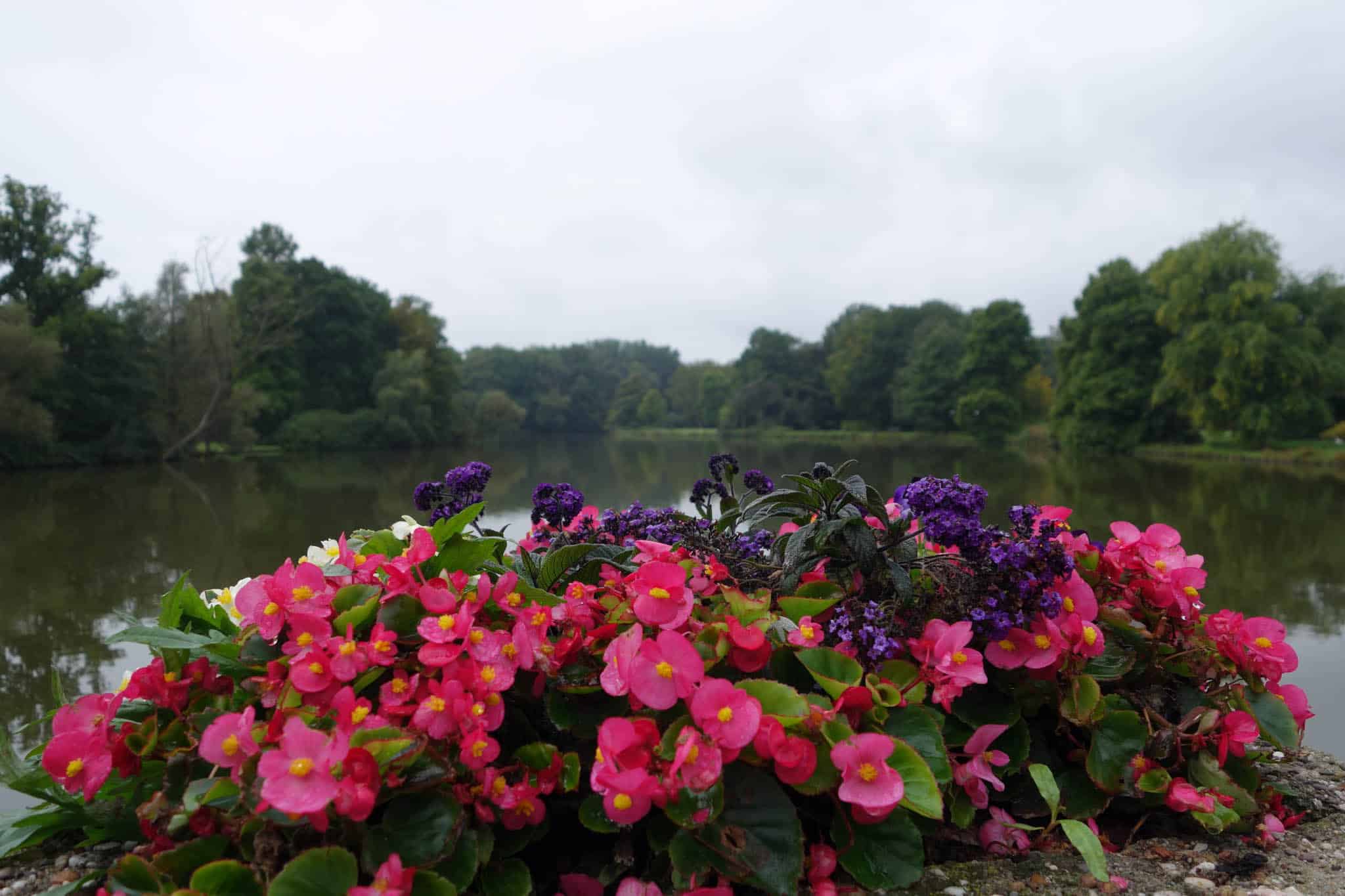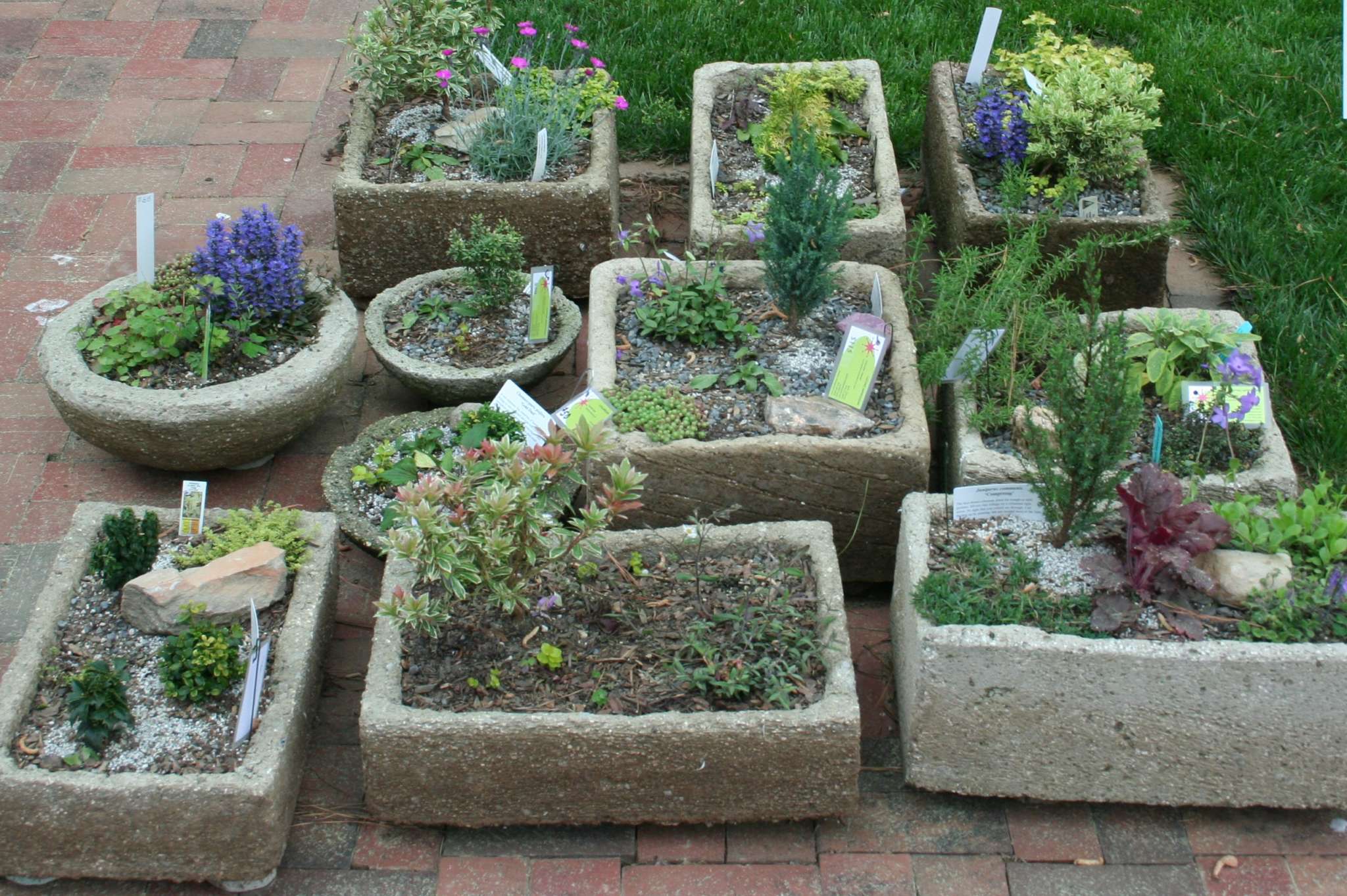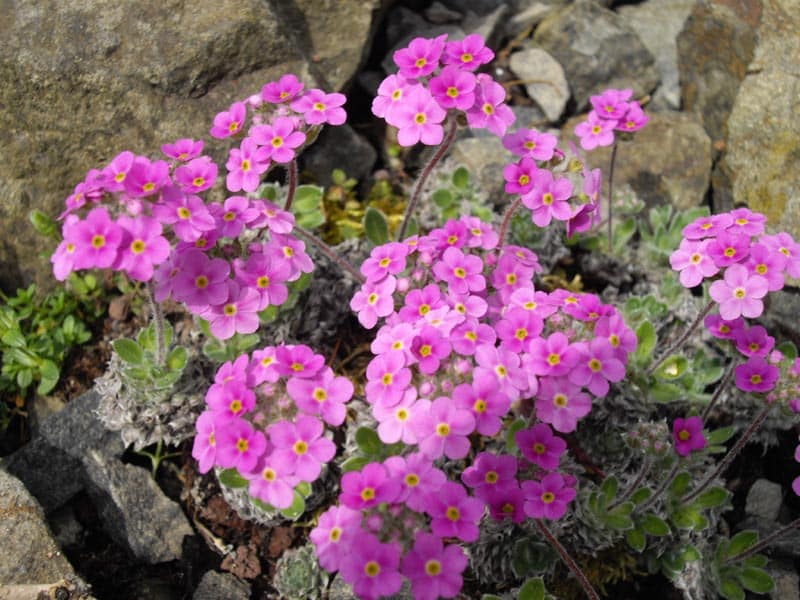
Androsace Group – Skilled Gardening Ideas
[ad_1]
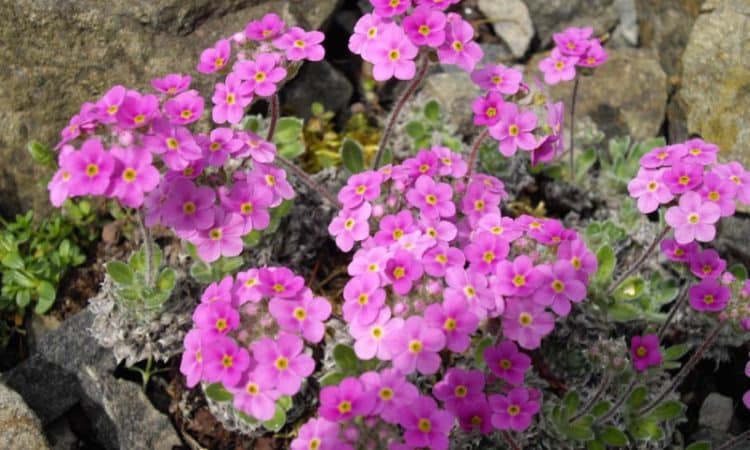
The Androsace Group points 4 Newsletters every year and two Androsace Notebooks. It goals to flow into data on the cultivation and naming of those vegetation and on their ecology and conservation standing within the wild. It additionally goals to analyze the issues of preserving species and hybrids in cultivation and to take what steps it might to make sure such preservation.
Androsace is a genus of a real alpine, annual or perennial vegetation of the Primrose Household, often known as Rock-jasmines. They develop naturally within the rocky stretches above timber-line, and plenty of of them require particular remedy within the alpine or rock backyard. Their leaves, which are sometimes very woolly, are often tufted or in rosettes. The small flowers-pink, purple, or lavender – are often borne in quite flattened rounded clusters. They’re grown from seeds, division or cuttings, and require a dry, gritty soil and good drainage, although they have to by no means undergo from drought.
The official Androsace Group homepage
Cultivation of Himalayan Androsaces in pots within the south-east of England by John T Lonsdale
This contribution offers solely with the cultivation of Himalayan androsaces in pots, I’ve little or no expertise of rising them within the open floor or raised beds.
Seed Sowing
All seed is sown on a single compost, ie., 60% very sharp 2-4mm grit, 30% nice grade Cambark & 10% John Innes 3, surfaced with a gently firmed 1mm layer of sieved peat. Sown seed is roofed solely with a 5mm layer of grade 2 Flintag (100% silicaceous grit, nominal dimension 2-3mm); pots are then soaked from beneath, gently watered from above utilizing a nice rose and positioned exterior, absolutely uncovered to the weather. Seed, whatever the date of receipt, is sown across the New 12 months, or as quickly as acquired if after this time.
In my expertise, a seed of most Himalayan androsaces doesn’t have any explicit necessities to set off germination aside from a common rise in temperature equivalent to is usually skilled in southern England in late February & early March. Seed acquired from the Kunming-Goteborg expedition (KGB) in late February 1994 & sown instantly began to germinate in late March 1994, whereas AGS China expedition (ACE) seed sown at Christmas 1994 began to germinate in mid-February 1995 with germination persevering with into early April. Curiously, seed of Androsace bulleyana was the final to germinate from each collections. One exception to this common remark is seed of two collections of Androsace delavayi made by the KGB expedition; no germination was skilled within the first season following sowing however a number of seedlings germinated the next spring.
Therapy of Seedlings
As quickly as any germination is clear the pots are introduced below cowl. When the cotyledons are absolutely developed, and there is a sign of formation of the primary true leaves, the seedlings are pricked out into 2.5″ pots utilizing a compost consisting of 70% sharp grit, 15% John Innes 3 & 15% sieved ericaceous compost. Seedlings are saved shaded for per week than within the greenhouse for an extra 3-4 weeks earlier than being grown on in an Entry body with some safety from heavy rain till properly established, & shading always from the most popular solar. Copious quantities of water are given.
Itemizing of Alpine Vegetation and the right way to use::
Mature Seedlings and Established Vegetation
The entire above are grown in Entry frames, no Himalayan species are saved within the alpine home at any stage aside from as immature seedlings. Roof glass is saved within the frames from early October till after flowering (mid-April), facet glass is just used within the winter throughout extended heavy rain or when temperatures fall beneath -3oC. Watering within the pots commences after Christmas and is elevated all through the early spring till, following flowering, water supplied by rainfall is supplemented the place needed with overhead watering utilizing a nice rose on a hose-pipe. Androsace muscoidea var. longiscapa appears notably inclined to crown rot in late summer time, this can be a mirrored image of the drier situations skilled by this species right now in its native habitat. Consequently, overhead safety is supplied from early August. Androsace spinulifera (KGB seedlings) was misplaced fully to crown rot following the onset of dormancy in late September though no water had been given within the pots for a number of weeks. This species has a fame for problem on this respect & ACE seedlings have been moved into a particularly gritty compost with pure grit from the purpose of emergence of the roots to the crown of the plant.
In a standard summer time little or no shading is supplied, vegetation are grown with full publicity to the solar from mid-morning till late afternoon. For instance, throughout the comparatively sizzling summer time of 1994, shading within the type of a single layer of 30% shade netting was supplied just for 5 weeks throughout mid-July to late August. Androsace rigida, rigida var. minor & spinulifera (KGB seedlings) had been notably affected, the foliage changing into lime-green, though I believe that the foremost explanation for the vegetation misery was extended temperatures over 75oC quite than excessively excessive mild ranges. Wholesome progress resumed as quickly because the temperatures dropped. Saxifraga georgii & S. lowndesii and Solmslaubachia spp. are excellent indicator vegetation for warmth stress, the foliage being among the many first to point out the antagonistic results of excessive temperatures.
As quickly pretty much as good root progress is seen to emerge from the underside of two.5″ pots they’re moved into 3.5″ clay pots in the identical compost as above; all clay pots are plunged in sand. Henceforth, they’re potted on yearly, no nutrient is given aside from that contained within the compost. Root aphids, inexperienced fly & purple spider mite are the foremost pests with which I’ve skilled issues however injury can largely be prevented by appropriate prophylactic therapies. Root aphid is prevented by drenching the compost in early spring and late summer time with spray-strength dimethoate (commercially accessible as Murphy’s Bio Lengthy-Final together with permethrin), inexperienced fly and purple spider mite are absolutely managed by over-head spraying with dimethoate or bifenthrin (accessible as Polysect) at common intervals. Species which, in my expertise, are notably inclined to purple spider mite embody Androsace tapete & A. villosa var. arachnoidea.
The most important fungal illness is botrytis, which is principally an issue on senescent foliage. Very efficient management will be achieved by overhead spraying month-to-month from September to late December with Rovral (Iprodione), a selected antifungal agent. That is, nonetheless, no substitute for normal remark and the speedy removing of any diseased progress. It’s attention-grabbing to notice that botrytis on any plant is at all times far worse within the alpine home than in a well-ventilated exterior body. I might go as far as to counsel that the alpine home is completely unsuitable as a house for any Himalayan androsace (or saxifrage) aside from small seedlings.
Propagation
Propagation is an absolute requirement for the profitable upkeep and distribution of any species. Germination of wild-collected seed (or home-saved seed in a couple of instances) is often superb & ought to lead to a excessive share of flowering-sized vegetation. Androsace rigida, for instance, flowered properly the primary spring after germination. Until massive populations of mature fertile vegetation will be maintained it’s doubtless that future propagation will depend on vegetative means. Each effort should, nonetheless, be made to cross-pollinate totally different vegetation as that is the only real means to make sure the survival of wholesome, genetically various, people of a given species. Vegetative propagation is through the rooting of single rosette cuttings; that is comparatively easy so long as cuttings are taken on the appropriate stage of progress. A typical mistake is to take cuttings too late within the season when the runners have began to develop into woody – younger, smooth daughter rosettes with 0.5″ stems will give higher than 90% success if taken into silver sand in a propagator. The optimum time to take cuttings varies drastically; Androsace mucronifolia is usually propagated in early April, instantly after flowering, at a time when Androsace muscoidea var. longiscapa, for instance, remains to be dormant. Rooting will often happen inside 4 weeks and vegetation will be potted up instantly to make sturdy vegetation which is able to over-winter with out problem.
The cultivation of androsaces within the south-east of England ought to, with smart consideration to their primary necessities and common propagation, be no extra of an issue than anyplace else within the nation. There may be completely no substitute for steady remark of your vegetation – they alone will let you know whether or not they’re pleased – though it’s as much as you to resolve what they’re saying !
The offical Androsace Group homepage
MEMBERSHIP
Don Peace
8, St. Martins Manner,
Kirklevington,
Yarm,
Cleveland TS15 9NR
United Kingdom
e-mail: don.peace@iname.com
Charges: GBP 4 within the UK, GBP 5 elsewhere
Seed alternate: Solely Androsace and Douglasia
Go to the record of Alpine Societies

[ad_2]
Supply hyperlink
